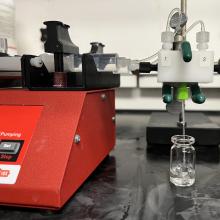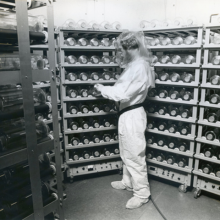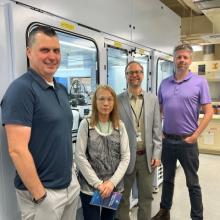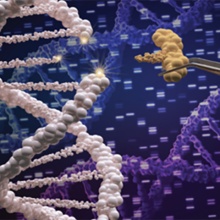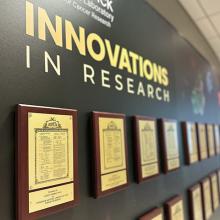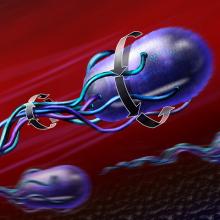A Paradox and Alan Rein: Distinguished Retrovirologist Retires from the HIV DRP
In 1953, a teenaged Alan Rein read about what James Watson and Francis Crick famously called “the secret of life”—the double-helix structure of DNA, which had just been published in Nature. Captivated, Rein decided at that moment that he wanted to be a biochemist. Rein’s biochemistry aspirations shifted to virology during college, leading him to a 60-year career in the field, the last 45 years of which were spent at NCI Frederick, studying how retroviruses like murine leukemia virus and HIV assemble themselves and infect host cells while somehow evading the immune response.




